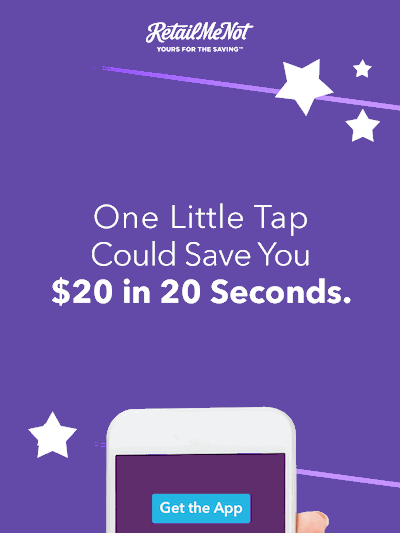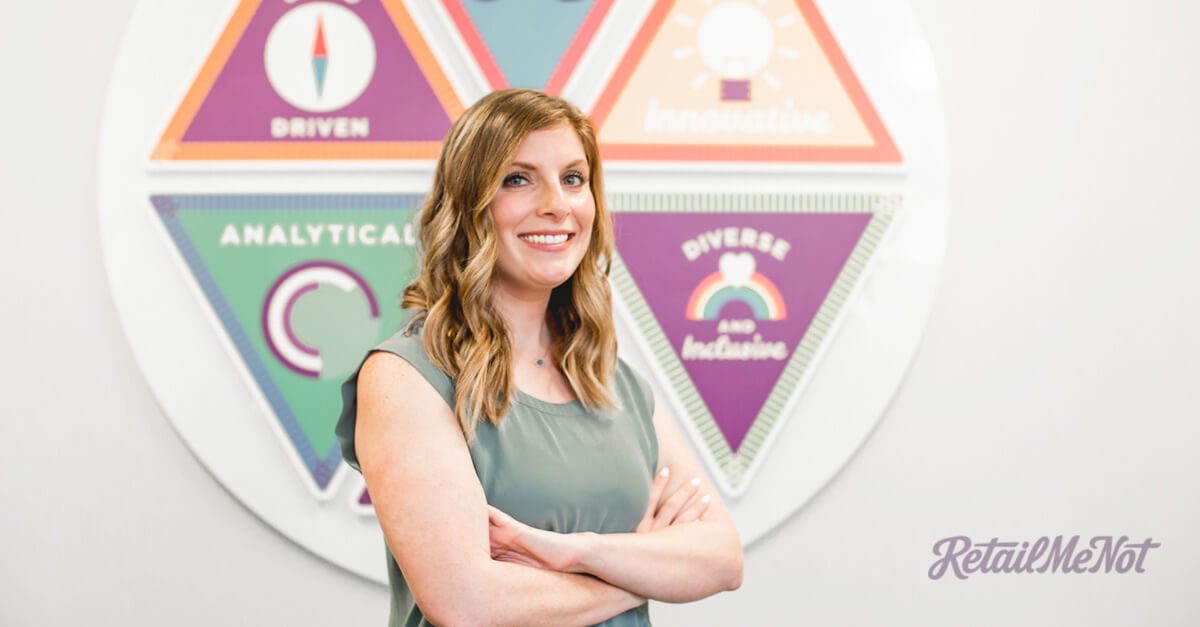Amanda Carvell is a Sr. Manager, Digital & CRM at RetailMeNot, a leading savings destination, connecting millions of consumers to the retailers, brands and restaurants they love, both online and in-store. Amanda manages mobile app marketing for RetailMeNot focusing on all performance marketing, leading the strategy behind growth and retention.
Learn more from her Mobile Hero profile.
Brand marketing has traditionally been a way to evoke emotion from consumers through traditional advertising mediums, like television. For traditional marketing, brand marketing makes you think of the persona of a brand, think the gecko in the Geico commercials. In the traditional sense of the word, brand marketing goals are to get the most people to recognize your brand, from the logo to the value prop to your tagline.
Performance marketing, on the other hand, has typically been about driving metrics further down the funnel. For mobile marketers, think: app installs, app engagement, in-app purchases, and so on.
As marketers, we intuitively know that both higher-funnel and lower-funnel advertising impact one another. Performance ads should help drive brand recognition, while brand ads should eventually lead to a sale. As Andrew Davis, a best-selling author and co-founder of his own digital marketing agency said, “Content builds relationships. Relationships are built on trust. Trust drives revenue.” In other words, everything is a funnel that can eventually lead to a sale if you play your cards right.
The New Age
According to a recent eMarketer study, digital ad spend will grow by 18.7% while TV spend will decrease by 0.5% in 2018. That’s good news for performance marketers, because it means that more of what we spend is measurable. It also blurs lines between “performance” and “brand” as more opportunities for digital and TV blend together with things like connected TV and digital radio.
That’s where blended metrics come in. If you are still part of the old-age performance marketing team who works in a siloe to drive revenue, you’re doing it wrong. It’s important to focus on blended metrics, quality over quantity, and work closely with peers to create shared goals and initiatives.
Shared Goals
Creating shared goals can be a challenge, but it doesn’t have to be if you use data to prove higher-funnel media and lower-funnel media can work together, rather than against one another.
At RetailMeNot, we look at several KPIs across all channels:
- Quality users: what actions will this user take in the app in 1 day, 7 days, 30 days?
- Incrementality: would this user have converted without seeing an ad?
- Retention: what is this user’s lifetime value?
- Brand consideration: did this ad have a positive impact on whether a user chooses to use RetailMeNot in the future?
Brand Safety & Creative
Alongside the metrics above, it’s important to ensure that all of your media—from TV to 300×50 banners—have consistent messaging. Take all of your media and look at it side-by-side and ask: Can I tell what our brand is in every piece of media no matter the size? Would our consumer know what this brand is? Then look at the placements of where your ads are displayed and ask: Does my brand align to the context of this page? If I were using app XYZ and saw an ad for my app, would I want to download it?
Rule of thumb: use your brand message as the header with a direct response CTA.

We also look at specific metrics to ensure that we are driving quality users, not just a high volume of installs. Fraud rates, conversion rates, CPI and CPA are important factors to dig into by channel, network and publisher. These metrics will shed light on which publishers are driving real, high quality users who are more likely to convert.
Media Mix
After defining shared goals, the next step is a media mix that drives toward the defined goals. Higher-funnel media (TV, radio) is more expensive but have a bigger impact in the long-term. Mid-funnel media (programmatic, video) helps tell the story of your brand while driving performance. Low-funnel media (CPI network buys) drives installs at a lower cost, but there can be quality implications. I like to use a 20/20/60 rule: 20% high, 20% mid, 60% low-funnel. As you test-and-learn, you can (and should) make changes to that mix based on the metrics above: quality, incrementality, retention and brand consideration.
Key Takeaways
From my experience working with the RetailMeNot app, the more you can hone in on a single brand message across all levels of media, the more effective your acquisition dollars become. No matter how many cheap installs you drive, it can’t last forever. Your brand will ultimately be impacted as it’s at the forefront of everything you do. As Maya Angelou once said, “I’ve learned that people will forget what you said, people will forget what you did, but people will never forget how you made them feel.” Use your advertising, no matter where the budget comes from, to help people feel what your brand can offer. And the sales will follow.
